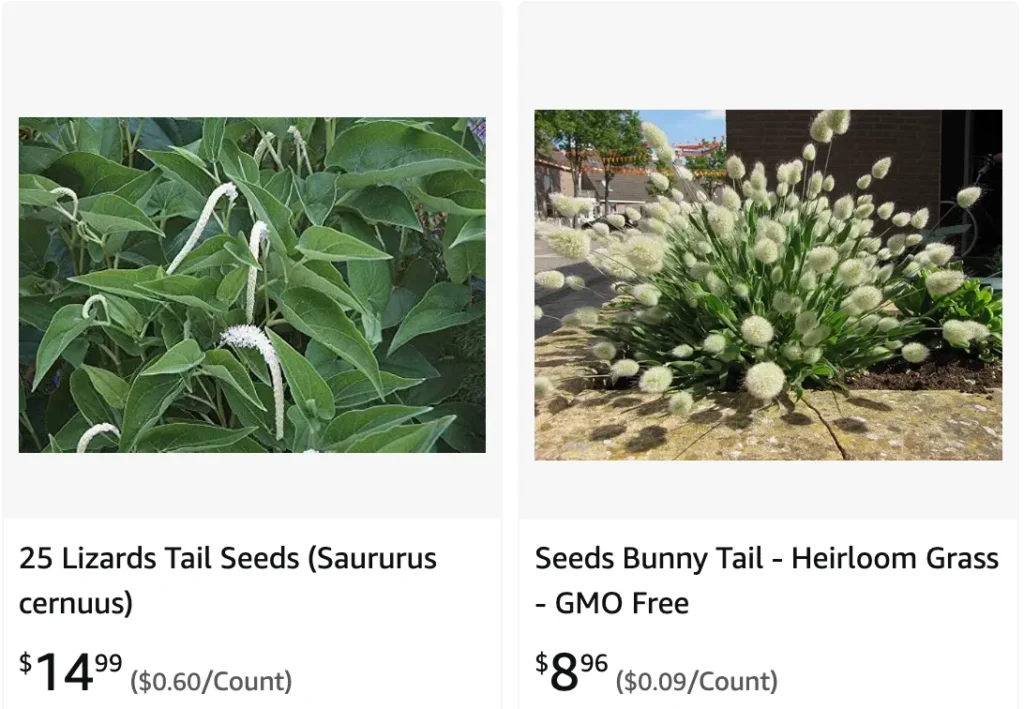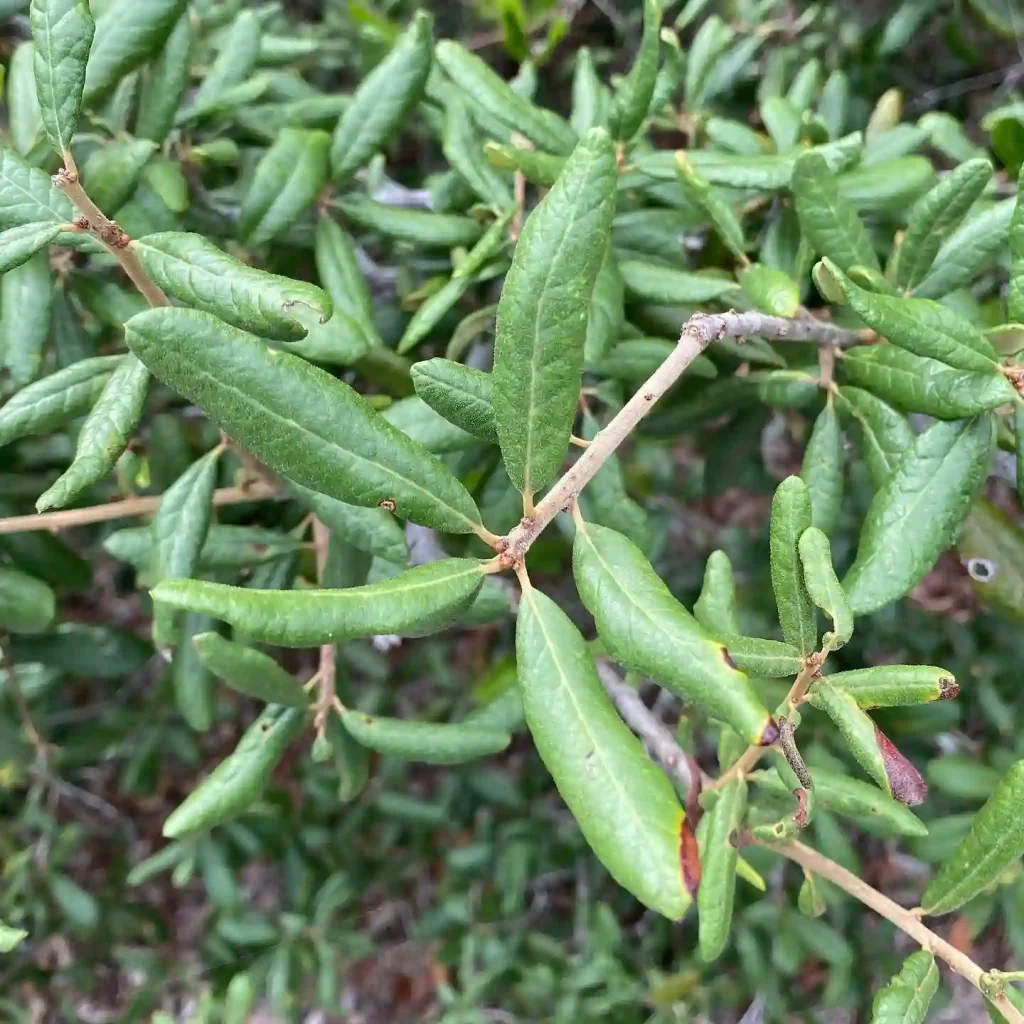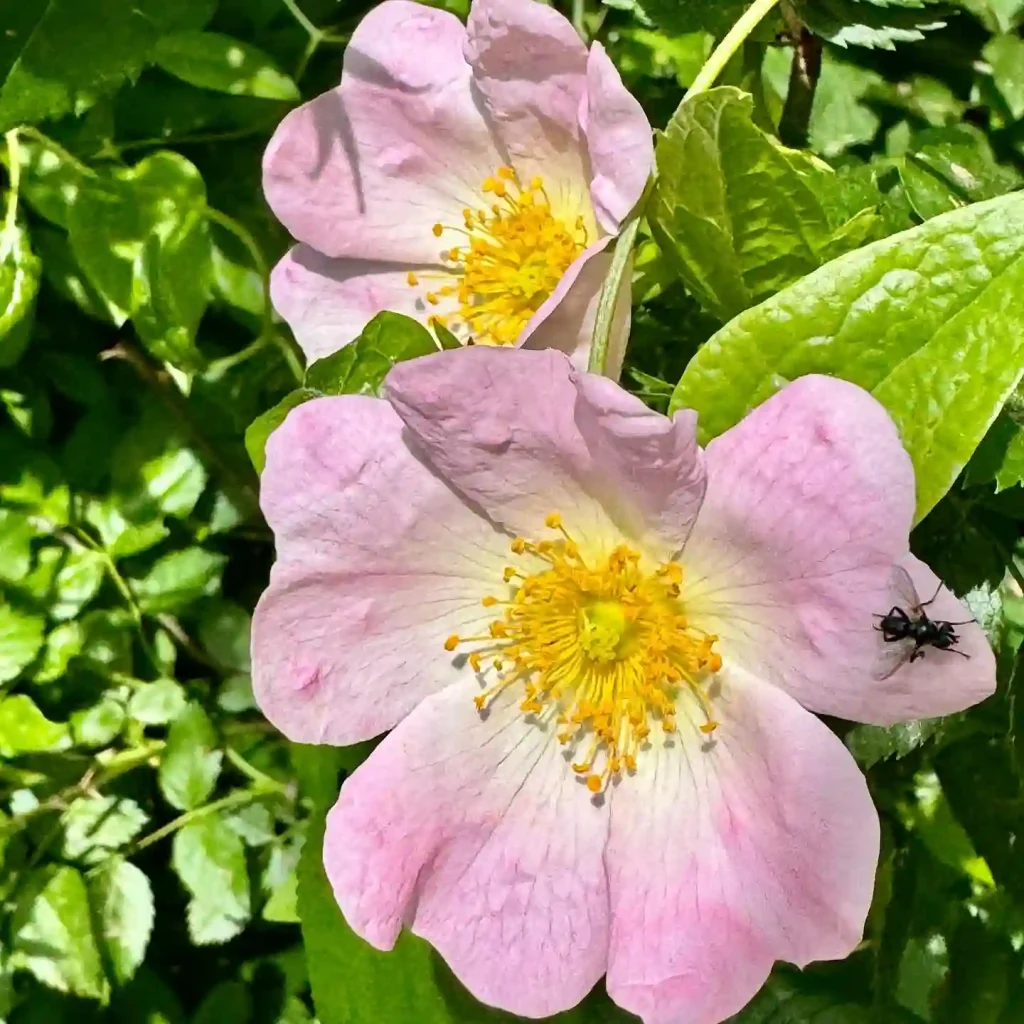
Saururus Cernuus: The Lizard’s Tail in Your Wetland Garden
Hi, Ferb Vu here. I’m a wetland gardening enthusiast, and today, we’re diving into the fascinating world of Saururus cernuus, also known as Lizard’s Tail. This unique plant is a beautiful addition to any water feature or bog garden, but it also boasts a rich history and interesting characteristics. So, whether you’re a seasoned gardener or just starting your wetland journey, buckle up!
What is Saururus Cernuus?
Saururus cernuus is a herbaceous perennial native to eastern North America. It thrives in wet environments, gracing swamps, marshes, and shallow water with its elegant presence. The plant can reach up to a meter tall, featuring glossy, heart-shaped leaves that emit a pleasant citrus or sassafras aroma when crushed.
But the true showstopper is the flower. Saururus cernuus produces long, slender spikes – often compared to a lizard’s tail (hence the common name) – adorned with tiny white flowers. These fragrant blooms dangle gracefully from the stems, adding a touch of whimsy to the wetland landscape.
Saururus Cernuus vs Philodendron
I find Saururus Cernuus, or lizard’s tail, to have a unique charm with its distinctive leaf shape and more laid-back growth, but I personally prefer the lush, bold foliage of Philodendron, which always adds a vibrant touch to my space.
How to grow Saururus Cernuus?
If you’re looking to introduce Lizard’s Tail to your wetland haven, here’s what you need to know:
- Light: Saururus cernuus prefers partial to full shade. While it can tolerate some sun, exposure to harsh sunlight can scorch the leaves, especially if moisture levels aren’t sufficient.
- Water: This is a true water lover. Plant it in consistently moist soil or shallow water (up to 4 inches deep). Aim for constantly damp conditions – happy Lizard’s Tail means a happy gardener.
- Soil: Saururus cernuus isn’t too picky about soil type. It thrives in wet soils, mud, or even boggy areas.
- Planting: You can propagate Lizard’s Tail through seeds or root division. Seeds require stratification (a cold period) to germinate, while root division offers a quicker way to establish new plants.
- Care: Once established, Saururus cernuus requires minimal care. Just ensure consistent moisture and occasional deadheading (removing spent flowers) to encourage continuous blooming.
Bonus Tip: Lizard’s Tail spreads readily, forming large colonies. If you prefer to keep it contained, consider planting it in containers.
Saururus Cernuus vs. Other Wetland Plants: Striking Similarities and Key Differences
While Saururus cernuus holds its own in the wetland world, some plant enthusiasts might compare it to other moisture-loving species. Here’s a quick breakdown:
- Lizard’s Tail vs. Cattails (Typha): Both are tall, emergent wetland plants with long, slender flower spikes. However, cattails have brown, cylindrical flower spikes, while Lizard’s Tail boasts white, delicate blooms. Cattails also tend to be more aggressive spreaders.
- Lizard’s Tail vs. Pickerelweed (Pontederia cordata): Pickerelweed shares the love for shallow water and boasts beautiful blue flowers. However, its flowers rise above the water on showy stalks, unlike the dangling blooms of Lizard’s Tail. Pickerelweed also prefers full sun, while Lizard’s Tail thrives in partial shade.
Beyond Beauty: The Allure of Saururus Cernuus
Lizard’s Tail isn’t just a pretty face in the wetland world. Here are some additional reasons to consider this unique plant:
- Wildlife Magnet: Saururus cernuus provides food and shelter for various wetland creatures, including butterflies, dragonflies, and even some fish species.
- Erosion Control: With its dense root system, Lizard’s Tail helps stabilize shorelines and prevent soil erosion in wetland areas.
- Potential Medicinal Uses: Traditionally, some cultures have used Saururus cernuus for various medicinal purposes. However, more research is needed to confirm its efficacy and safety.
With its captivating beauty, ecological benefits, and historical significance, Saururus cernuus is a valuable addition to any wetland garden. So, if you’re looking for a plant that thrives in wet conditions and offers a touch of elegance, look no further than the enchanting Lizard’s Tail.
If i die, water my plants!



